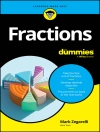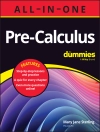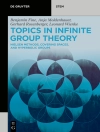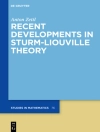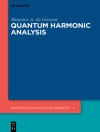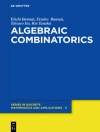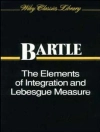Seminar paper from the year 2016 in the subject Mathematics – Miscellaneous, grade: 1, 0, University of Tubingen, language: English, abstract: Using an explicit scheme for an application of finite difference methods may lead to stability issues. If one wants to increase the accuracy by raising the number of spatial grid points, the number of time intervals have to be increased to a certain extent in order to sustain a converging behavior.
As for quite accurate results ridiculously many grid points in time are needed, the practical use of the explicit scheme is rather limited due to high computational effort. Implicit methods for finite difference methods are designed to overcome these stability limitations imposed by the already mentioned convergence restrictions. Since such methods are unconditionally stable, both accuracy and limited computational effort can be combined.
This text offers an introductory treatment of Finite Difference Methods employing an implicit scheme. It includes a theoretical derivation of the implicit scheme and the Crank-Nicolson scheme, a numerical application to European puts as well as a theoretical discussion and comparison of the truncation error for both schemes. Finally, Richard-Extrapolation is introduced as a nice tool for lowering the truncation error.
Pascal Sturm
Finite difference methods with an implicit scheme [PDF ebook]
Finite difference methods with an implicit scheme [PDF ebook]
Achetez cet ebook et obtenez-en 1 de plus GRATUITEMENT !
Langue Anglais ● Format PDF ● ISBN 9783668526068 ● Taille du fichier 4.6 MB ● Maison d’édition GRIN Publishing ● Lieu München ● Pays DE ● Publié 2017 ● Édition 1 ● Téléchargeable 24 mois ● Devise EUR ● ID 5246543 ● Protection contre la copie sans


